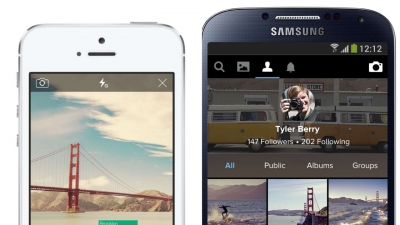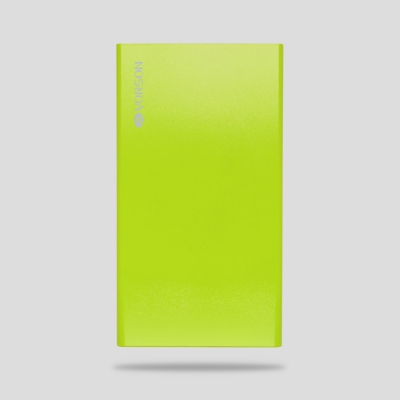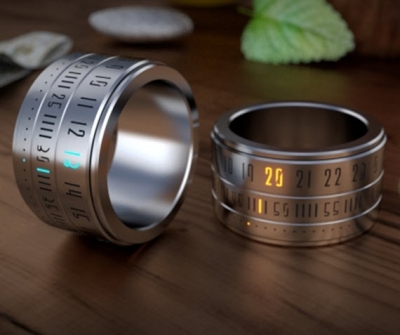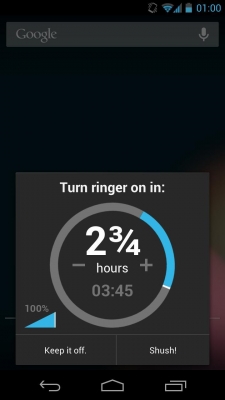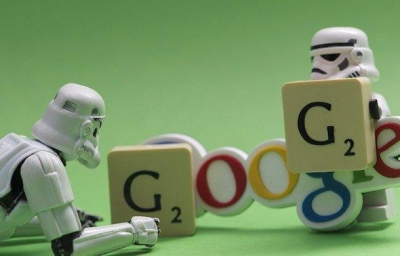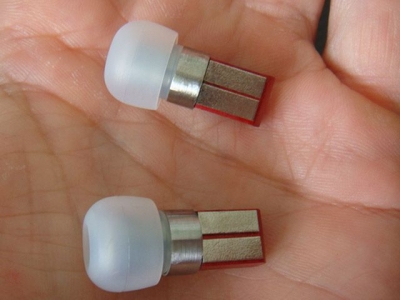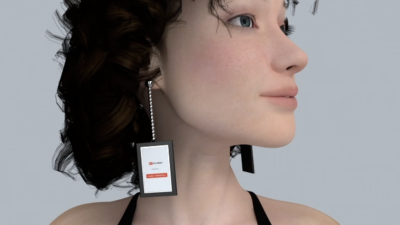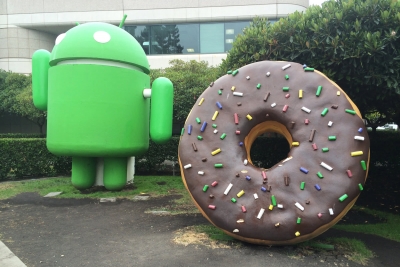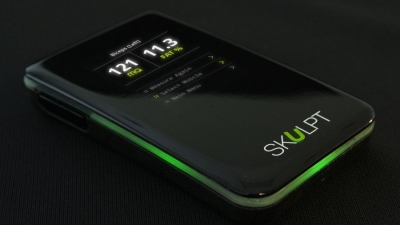SwatchMate Cube Kickstarter would capture color from the real world
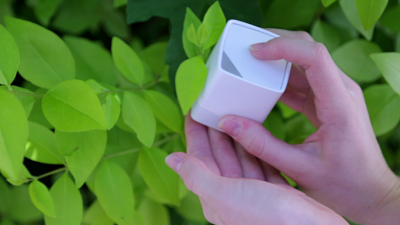
Ever come across a colour you want to use in a design or to paint your walls with? The SwatchMate Cube lets you capture the exact colour. Just hold it up to the coloured surface that you want to copy, and press the top. An internal spherical light source illuminates the surface in a controlled sequence, with the reflected light being picked up by an integrated colour sensor. The device immediately sends the colour via Bluetooth to a paired iOS or Android smartphone or to Photoshop on a nearby computer, although it can also store up to 20 colours in its own memory. The Cube can output colours in the RGB, CMYK and L*a*b* colour spaces.
Once you've picked a color, they can either be stored on your phone for later use, or beamed straight to Photoshop, using Bluetooth.
The Kickstarter project has already hit more than $85,000 of its $55,000 funding goal — but for photographers, it would be especially useful to hit the $90,000 mark. That's when SwatchMate would add a light intensity sensor, allowing it to be used as a light meter, to. If it hits that point, $80 for a gadget that can works as a light meter as well as a color sampler would be a pretty fantastic tool.
Picture Credit : Google
